One year, 195 movies.
This is the number of new anime movies released in Japan in 2015. If you include already existing anime broadcast on TV, this number only increases. When it comes to animation, there’s no other country but Japan where every season boasts 50 new animated projects of all different kinds which are loved by countless anime fans around the world.
The truth is, for ordinary consumers like us who come into contact with animated movies every day in a totally natural way, we don’t often get the opportunity to find out very much about how they’re made.
In this exclusive long interview with animation studio Wao World, we explore the theme of “Japanese animation production - where we are and where we’re going.” Under what kind of system is anime produced day by day in the Japanese anime industry and what sort of challenges do animators face? In 10 years’ time, how will animation production have changed for individual creators? We investigate in this two-part interview special.
Invasion! We infiltrate the Animation Workplace!
On a certain day in May, the TOM investigative team headed out to Asagaya, which is about 18 minutes from central Tokyo by train, and made their way to Wao World’s animation studios. The west side of Tokyo is anime central with a large number of animation production houses all located within walking distance of each other including Satelight which handled the Macross series, and A-1 Pictures which produced the Sword Art Online anime adaptation as well as many other hit shows.

Wao World is a highly respected animation studio well known for the animated feature Japan, Our Homeland which won a double grand prix in both the children’s movie and animation divisions at the Asia Connection Film Festival (Festival de Cinéma Asiatique) held in Lyon, France in 2006. They have also announced a TV anime to be broadcast from July 2016 titled Time Travel Shoujo.
Today we’ll mainly be talking to Yoshiyuki Kaneko who, in addition to working on various production desks and direction at Wao World, has also created his own original anime, Chuya-den Project, as author and director. We’re going to try and find out about the state of the Japanese anime industry right now by talking with Kaneko who already has a lot of experience of animation production methods and has tried out various kinds of digital technologies.
Since the Introduction of Digital Animation, You Can Do so Much More Just by Yourself
— Chuya-den Project is the first time you’ve created a test movie as an individual, what was it that made you decide to strike out on your own?
Kaneko: I had the idea for the project a while ago and I even approached the company about it, but as it’s an original piece and not based on already existing material it’s a risk. There have already been a lot of movies like this but I wanted to make something that anyone could enjoy in the entertainment and action genre.
In the beginning, I wanted to make a test piece to turn into an anime on my own with the paper-based techniques I’d used up until then, but there were a lot of things that didn’t work out. That was about two years ago.
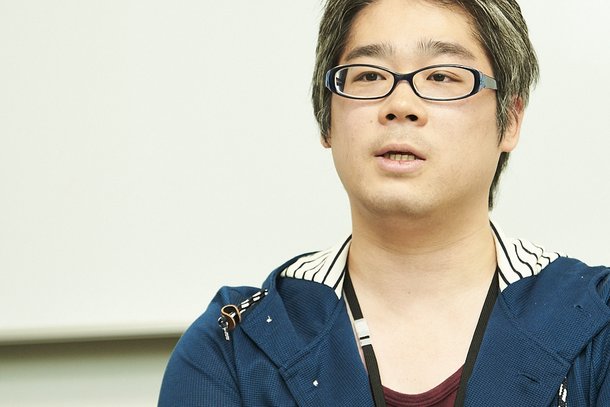
The turning point came when I had the opportunity to get to grips with digital animation. When I was a student, we used board tablets 1 where the pen and the monitor are entirely separate. It felt completely different from drawing on paper so I gave up. However, when my directing teacher introduced a LCD tablet 2 to the company and let me try it out, I started to think I could use it too. When I decided I could take up digital production, there was so much more I could do by myself - I’d be able to take an animated movie right through from test film to completion on my own.
—The LCD tablet and the the older board tablet feel different, don’t they?
Kaneko: I felt much more like I was drawing when I could see what I was doing displayed on the tablet screen. Also, after going digital you can leave out the scanning stage you have with drawing on paper, so you can do everything in one go.
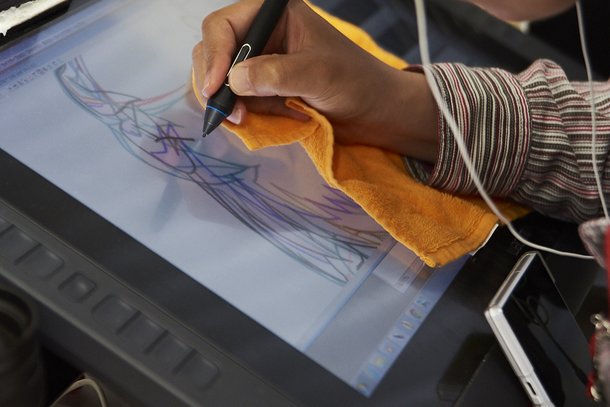
—Digital is easier than paper when it comes to making corrections too, right?
Kaneko: At Wao World we receive a lot of work from clients but a lot of that involves corrections. Going back to paper takes time, with digital production methods the range of corrections we can make means we can deal with everything without having to go back to analogue. Because of that, not just for Chuya-den, we’re starting digital production methods as a trial in the studio where we’ve installed all the necessary digital tools and devices as quickly as we could.
—So this was a good opportunity for Wao World to go digital?
Kaneko: Yes. We’ve had a circle of young volunteers working on the project, but what we’ve gained through this production method is something we can offer our digital team to help them develop. Including Ueno who’s sitting next to me, the team includes several members who are in their 30s.
There Are Already Some Studios Which Are All Digital Production
—Mr. Ueno, how did you feel stepping into the world of digital animation for the first time?
Ueno: I’d used a board tablet before, but this was really the first time I’d tried it out so I was a bit nervous. I really felt out of my depth so I just couldn’t get on with it at all. I was working away hoping that it would feel better once I got used to it.
There are also some newly founded companies now that are all digital production right from the start. Colouring has already gone digital, you can predict a trend of each of the other parts of the animation process doing the same so I think you just have to get used to it.
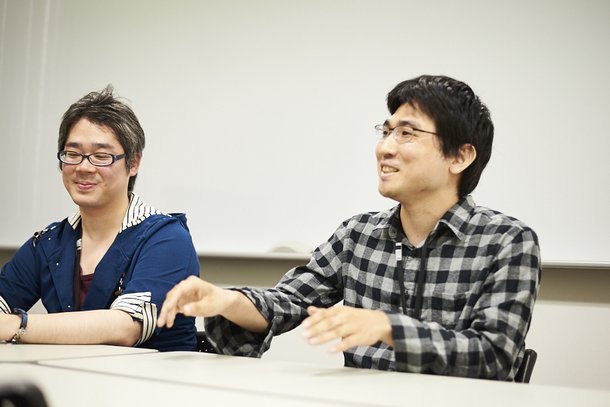
—Have you heard about other projects already using digital animation?
Ueno: I was talking to Studio Colorido who are aiming for all digital production and they think they’ve come a long way with it so far.
Trailer for Studio Colorido’s anime movie Typhoon Noruda
—How is the production of Chuya-den progressing?
Kaneko: The production team for Chuya-den arose from the digital animation team. Starting like that, we were hoping to make a break with the paper production environment of the past. The animators are used to working with paper and, as we were worried things wouldn’t progress when they could just go back to the paper-based working environment, we took them out of the paper production room, created a digital specialist team, and introduced LCD tablets and software. Then it was just a question of getting used to it.
From an animator’s perspective, I can understand the anxiety behind wondering if it’s going to feel the same as paper, so we started with getting them to draw still images like illustrations and layouts. It wasn’t just that it was accepted without resistance, there were even people who said digital was easier.
The next step was to experience other elements outside of the animation that you can’t normally see like adding color, drawing backgrounds, special effects, etc. It was all a little bewildering as a series of first time experiences. It wasn’t really clear how the pictures I’d drawn were going to turn into a movie, but once I understood the various mechanisms I found I could see the finished project much more easily.
Most importantly for an animator, moving onto the process of making still images move, we’re giving everything a go.
—So you’re just going by trial and error then?
Kaneko: There are a lot of studios like Colorido, Graphinica, and Signal-MD which have taken positive steps to introduce digital technology, but in the industry as a whole the workflow is still at the trial and error stage. As one of the things we’re trying out with Chuya-den, we’re trying to create team members who can deal with multiple production methods within the regular anime industry, so we want to try out as many kinds of production as we can and get feedback on our own specialist fields.
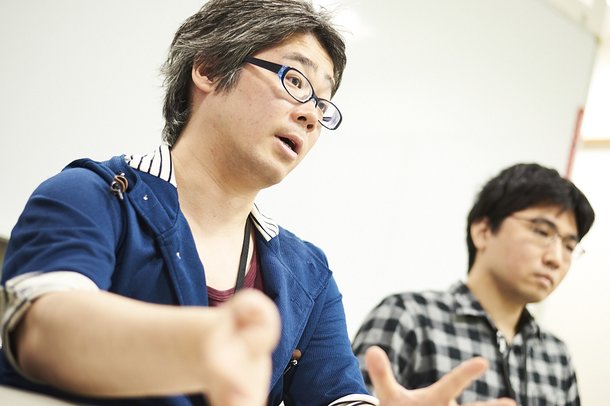
—You can work on multiple processes on your own because it’s digital, right?
Ueno: Depending on the nature of the project I think it’s possible, yes. That said, when you’re talking about complicated animated action scenes, that’s really a lot of work and it would be difficult to do alone.
Can Animators Ever Recreate the Feeling of Flipping Through Papers to Create Movies in the Digital World?
—Did you experience any particular challenges when introducing digital tools into the professional environment during your trial period?
Kaneko: Replacing the process of making the original key images move was quite difficult. To speak plainly, in terms of creating the original key frames, digital is actually slower than paper. Especially when with paper you can just flip your fingers through them, but with digital you have to press the “preview” button every time so it’s quite inefficient. Ordinary people might think it’s easier to see the movie with the preview function, but professional animators have the ability to draw whilst imagining what the final images will look like. So contrary to what you might think, moving over to digital actually decreases efficiency. I don’t think it’s necessarily a bad thing if some animators only have experience of digital from the very beginning, but I think this is just how it is for those of us who are used to working on paper and then move over to digital.
We created the digital team about 18 months ago, but then we also had problems with the software. No matter how much easier it became drawing with the hardware, the software couldn’t catch up with the key frame process.

—What software do they use or have used in the past in the anime industry?
Most Japanese animation studios have introduced Celsys’ RETAS Studio. RETAS Studio has multiple programmes and amongst them there are some of industry standard which are used a lot, such as Traceman for scanning and tracing, and PaintMan for the finishing touches.

—Don’t you use software for illustration or animation?
During the digital trial we used Stylos for image production which is a bundled programme with RETAS Studio. At the beginning the software couldn’t catch up to where the hardware was. We didn’t have many people drawing on the tablets either, so the software couldn’t really develop. Now that the LCD tablets have progressed, we have the reverse problem that the software hasn’t really caught up yet.
Recently the software is beginning to pick up though. Clip Studio Paint, for example, has become popular with illustrators and manga artists because you can draw with a very similar feeling to paper. The programme is very easy to use; we made the original test animation for Chuya-den using Clip Studio Paint.
In the beginning there was no custom software for creating animation. For myself, when I tried out using software for the whole process of creating anime, I finally became able to complete an animated project just using digital means thanks to Clip Studio and other programs. Right now there’s a lot of demand for Clip Studio to add animation functionality and they’ve already started to implement it.
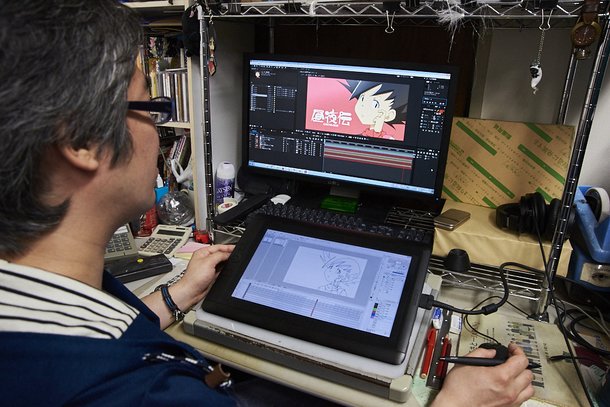
Chuya-den test movie:
That’s all for now! Join us again for the second part of the interview in which we investigate some of the current challenges of the anime industry and find out how individual creators feel the business will change in 10 years time. We’ll also be bringing you a must-see studio tour and a host of other awesome stuff so be sure to come back for more!
^1^ The kind of pen tablet that displays the picture you’re drawing on a LCD computer monitor.
^2^ The kind of tablet where you can draw directly on the screen so it feels just like drawing on paper.
This is a Tokyo Otaku Mode original article written by Hirokazu Sakairi and translated by Hayley Scanlon. Photos by Takemori S.

 Shopping Guide
Shopping Guide











